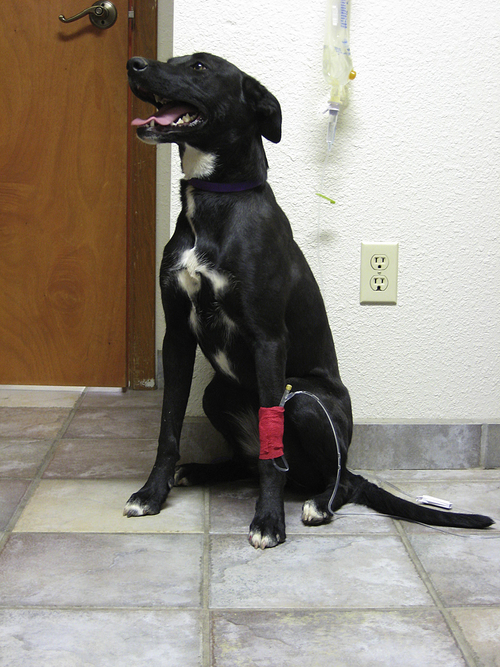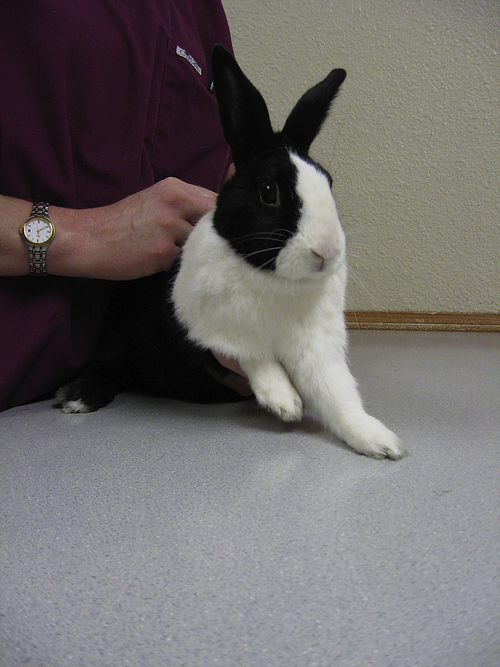CHAPTER 19

Pet Health Insurance
Mastery of the content in this chapter will enable the reader to:
• Define and explain insurance policies to fellow team members and clients.
• Identify the differences between hereditary and congenital conditions.
• Clarify insurance claim forms.
• Explain the disadvantages of third-party payment systems.
The human-animal bond has dramatically strengthened over the past 25 years. Along with the increased use of diagnostic tools, specialists, and treatments, clients are willing to spend a large amount to save a pet’s life. Veterinary Pet Insurance completed a study in 2006 indicating that clients with insurance visited their veterinarian 40% more often than those without insurance. They were also willing to spend twice as much on products and services over the lifetime of their pets (Figure 19-1).

Clients should be made aware of the various companies that offer pet health insurance. Terms that should be considered include whether hereditary conditions are covered and if benefit schedules or exclusions are listed in the policy. Some benefit schedules only cover a small percentage of what would be considered a reasonable expense for a condition. Some companies may not use a benefit schedule and set payout limits instead, regardless of illness or condition (Box 19-1). Most pet insurance companies set high dollar amounts “for reasonable expenses”; they do not want to set prices for veterinary practices, nor do they want to dissuade owners from purchasing packages.
INDEMNITY INSURANCE
Premiums
A premium is defined as the amount an owner pays monthly or annually to maintain an insurance policy for a pet. Premium amounts are affected by a number of factors, including the deductible; the copay; and the per-incident, annual, or lifetime payout limit. The species and breed of the animal also affect the cost of the premium as well as whether the pet is spayed or neutered, the age of the pet, and the geographic location of the owner in the United States (Figure 19-2). Cats tend to have lower premiums than dogs, and a Border Collie will have a lower premium than a Shar-Pei. Altered pets tend to have fewer behavioral issues and hormone-driven instincts and may have a decreased chance of developing hormone-related cancers; therefore a lower premium is likely. Owners living in rural Arizona will also have a lower premium than those who live in Los Angeles because the price of veterinary care is drastically different in these two locations.

 PRACTICE POINT
PRACTICE POINT PRACTICE POINT
PRACTICE POINT PRACTICE POINT
PRACTICE POINT



